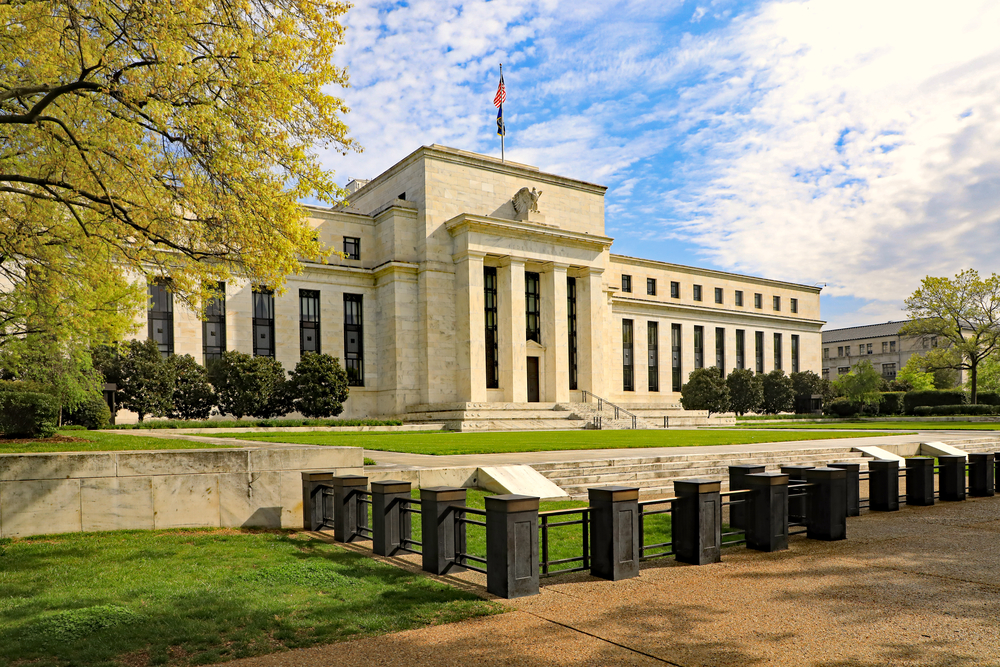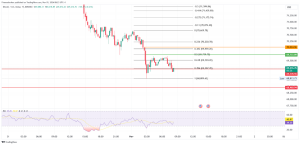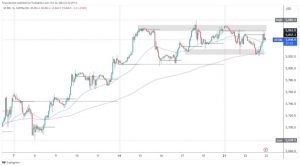
How long would the Fed keep its rates at zero?
The Federal Reserve is likely to keep short-term interest rates near zero for five years or more after adopting a new monetary policy strategy.
The new approach could be announced next month. It is likely to lead policymakers to take a more relaxed view of inflation.
On Thursday, Fed Chairman Jerome Powell stated that the central bank would act as appropriate to sustain the economy’s expansion. This phrase, used on Jackson Hole Symposium, has been repeated by Powell several times.
Jason Furman, a former chief White House economist, now a professor at Harvard University, thinks that interest rates may remain zero five years from now. It would be good news for some investors.
The US economy has yet to regain much of the ground lost in the deepest recession since the Great Depression. However, thanks to the Fed’s ultra-accommodative monetary policy, the S&P 500 stock index trades at a record high.
The Fed tries to reach price stability and full employment
Alan Blinder, a former Fed vice chairman, doubts that rates near zero will last for around seven years, like before December 2015.
According to Roberto Perli, former US central bank official, it is perfectly conceivable that seven years go by before rates are raised. It has been challenging for the Fed to generate faster inflation.
In the past decade, it took more than three years for the inflation-adjusted gross domestic product to return to the level that prevailed before the financial crisis of 2007-09. Recovery is expected to be faster this time.
Under the new regime, the Fed is expected to seek an inflation rate that averages about 2% over time.
Therefore, a modest increase in inflation above the target would be welcomed. The Fed is also expected to change its approach to achieve full employment.
Now, the emphasis is on the benefits of a strong labor market for the economy and society.



